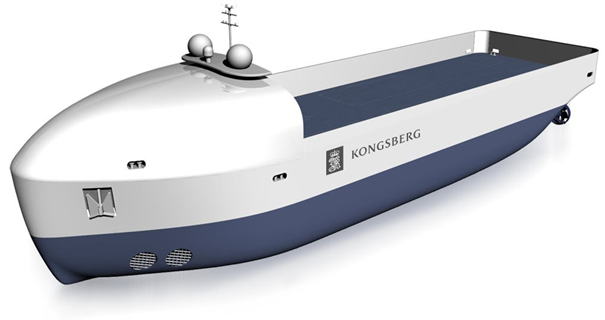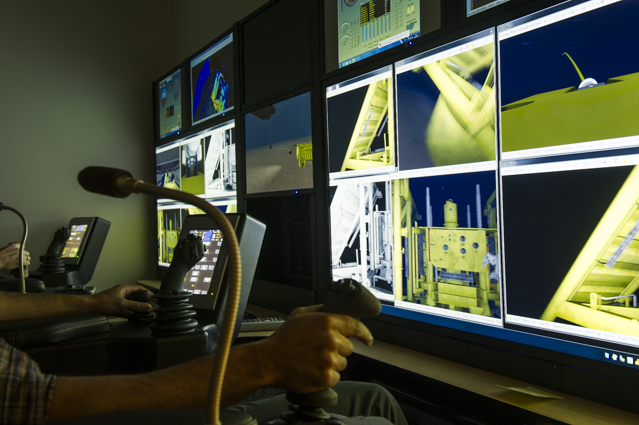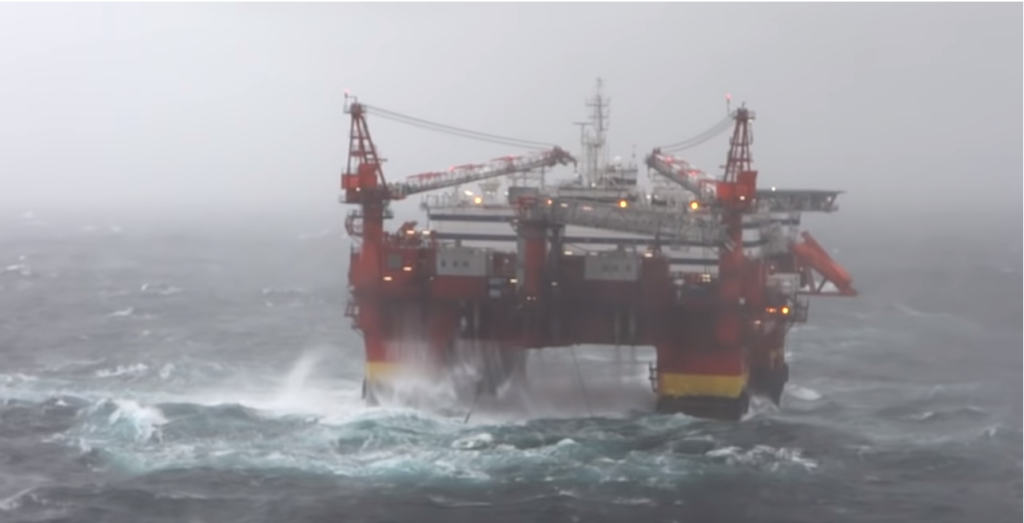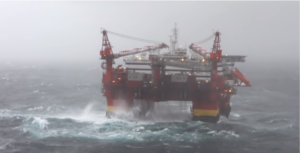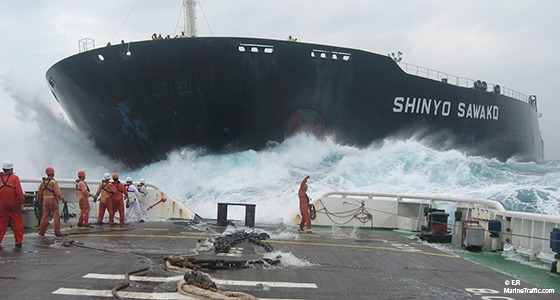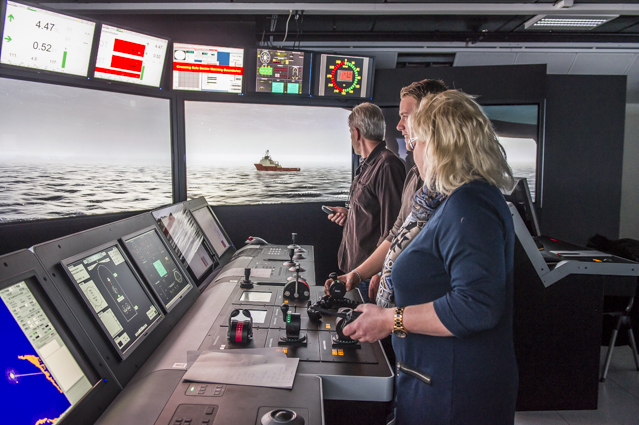
Lots of practical excercises in full-scale simulators
The course objective is to give the participants an increased understanding of handling ships under various conditions and will make a more effective contribution to the bridge team during ship maneuvering in various normal and emergency situations. Participants will gain:
• More insight with the use of engines and helm, effects of wind, current, shallow water, banks, narrow channels and condition of loading.
• Increased understanding of the necessity of planning and efficient bridge procedures at the bridge in normal and emergency situations.
• Increased understanding of human factors that affect behaviour, interaction and communication including shared mental models.
The course lasts for 4 days in addition to an e-learning module and is accredited by NMA. The E-learning includes theory relevant to authority, attitude, planning, briefing, debriefing, managing the bridge, team work, crisis management, human factors in error, awareness, decision making, culture, communication, challenge and response, workload and stress.
Participants will have 20 hours of full scale simulator training
During the course the participants will have 20 hours of full scale simulator training in addition to lectures in classroom. We have included the following simulator exercises:
Case 1: Familiarization with the simulators while approaching Rotterdam.
Case 2: North Sea transfer; executing voyage planned in ECDIS laboratory.
Case 3: Berthing in the port of Haugesund; strong current, use of pilot and tugs.
Case 4: Bank, channel, interaction. Approaching São Sebastiao (Brazil) using pilot and tugs.
Case 5: Anchoring and buoy mooring in Dunkirk.
Case 6: SAR: Man, over board
Case 7: Crisis: Personal injury during anchoring operation.
Observation and feedback emphasizing human behavior is an integrated part of the exercises making use of Simsea’s state of the art Observation Theater and voice recording. The lectures comprise theory related to voyage planning, wind, current, shallow waters, banks, channel interaction, anchoring and buoy mooring, search and rescue and crises.
For company specific courses the cases can be customized to the company for instance based on experienced incidents or non-conformities that needs to be closed.
Our instructors are a team of experienced master mariners and human factors experts.

